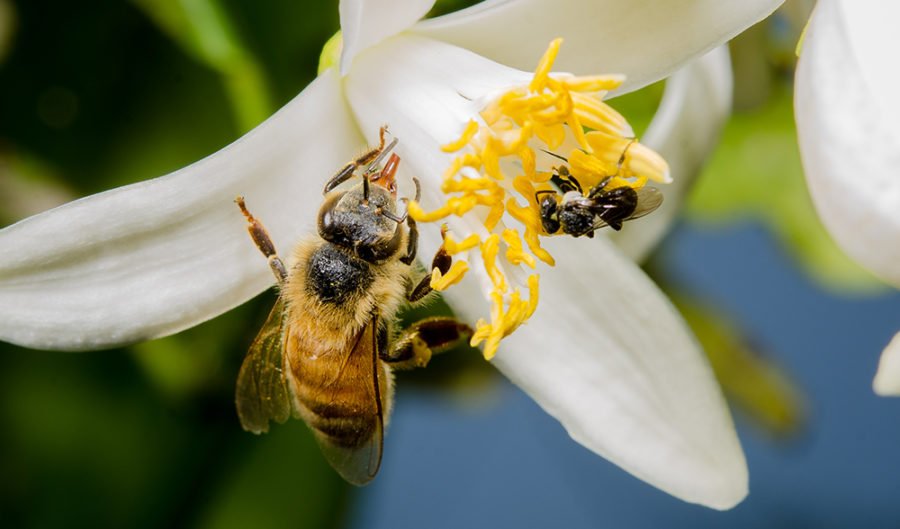Bees have too much buzz

THOUSANDS OF AUSTRALIA’S insects are overshadowed in favour of the more-recognisable European honey bee (Apis mellifera L.), according to a new study examining media portrayals of pollination.
The study, conducted by Dr Tobias Smith from the University of Queensland and Dr Manu Sanders from Charles Sturt University, examined 151 Australian online news stories from the past nine years. They found that – although inaccurate – the European honey bee is overwhelmingly represented as the most important and often only pollinating insect within Australia.
SEE ALSO: Bees not the be-all and end-all in crop pollination
“This doesn’t reflect what we know from scientific studies about pollination and could potentially misrepresent the issue of pollinator conservation to readers,” said Tobias.
“Australia has around 2000 native bee species which are important pollinators but there are also thousands of other insects such as flies, wasps, butterflies, moths, and beetles that have important roles as pollinators,” he added.
Tobias and Manu are concerned with the media’s simplification of a critical element of both natural and agricultural ecosystems. As a result, the domesticated and introduced honey bee has become somewhat of a ‘poster-insect’ for pollination.
RELATED VIDEO: Australian bees ‘head bang’ for pollen
“European honey bees get a lot of attention but research globally shows they are not always the most efficient or most important pollinator for many crops and plants,” said Tobias.
While the European honey bee currently faces growing susceptibility to disease and parasites, Tobias and Manu argue that media focus on one species’ struggles narrows the conversation around larger conservation efforts.
The paper, “Honey bees: The Queens of mass media, despite minority rule among insect pollinators”, was published in the journal Insect Conservation and Diversity.

